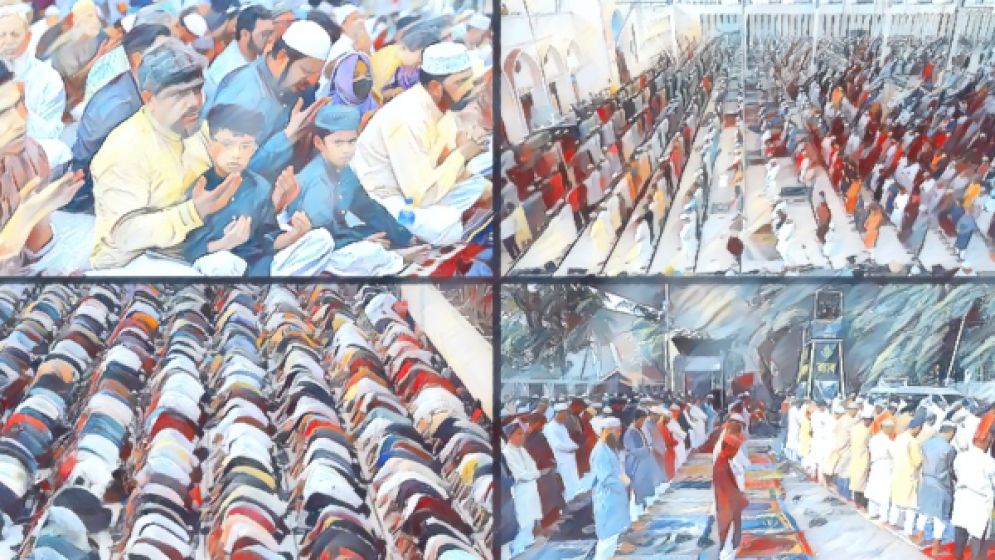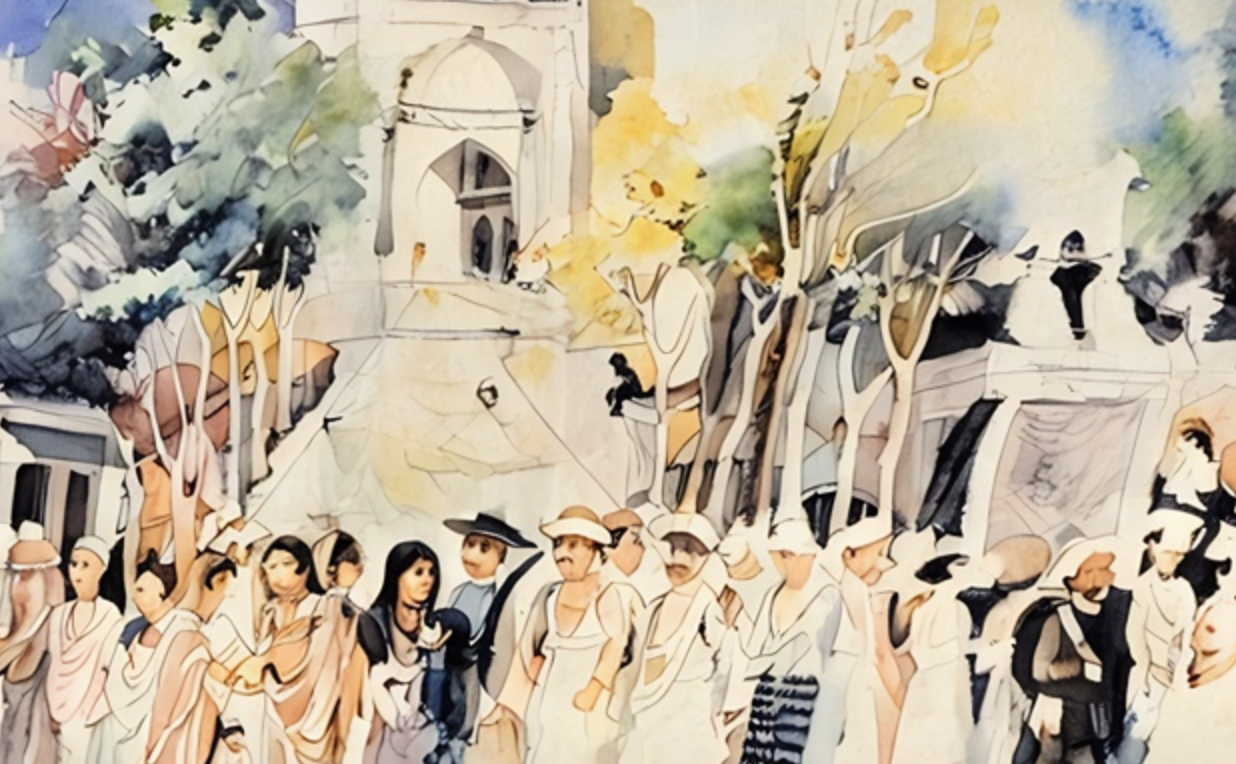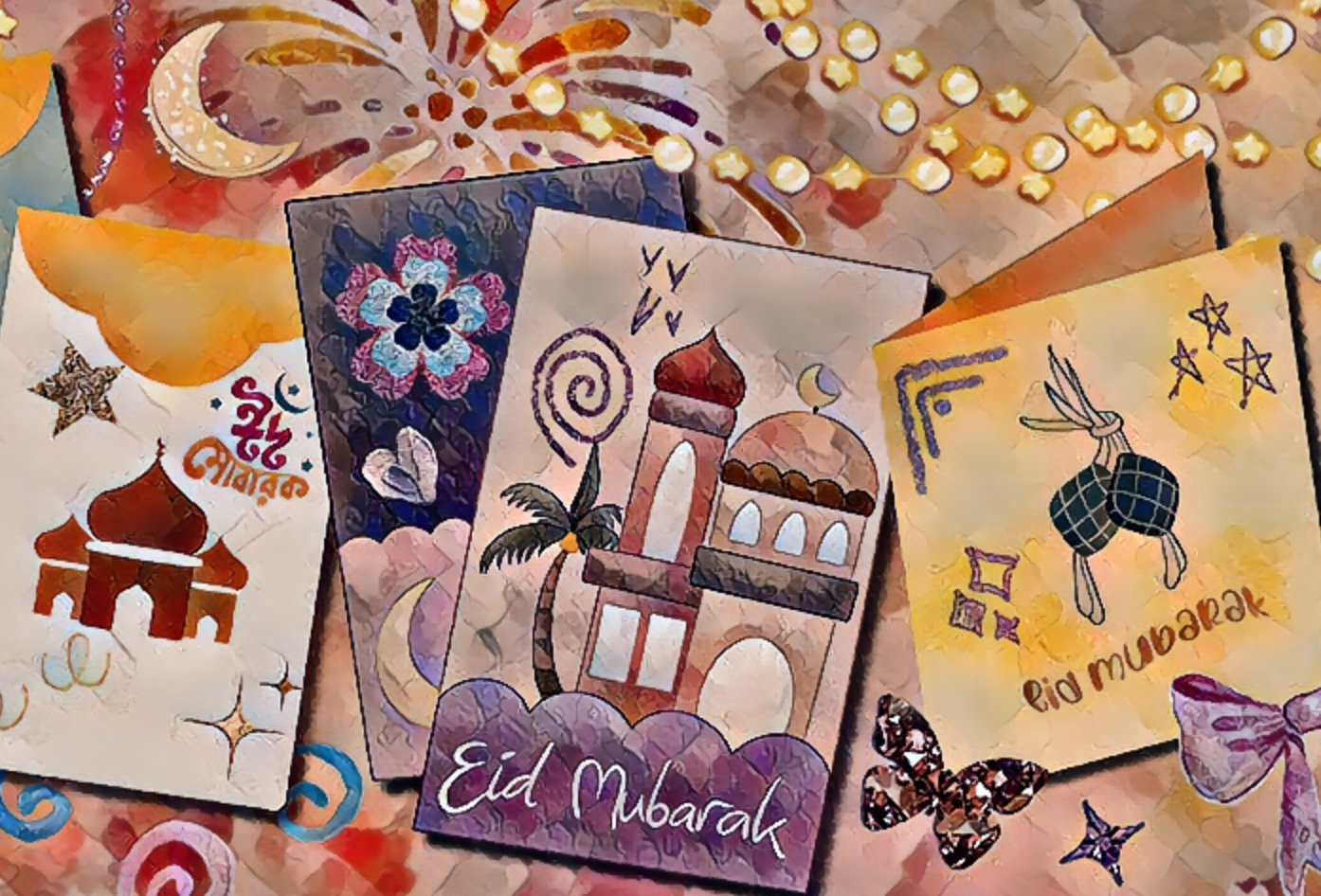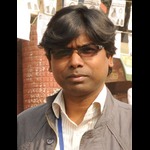Exploring the evolution of Eid in Dhaka: A historical journey

Eid celebrations in the Bengal region carry with them a rich and ancient history, one that stretches back further than many realize. From the earliest days of Islam’s arrival in the region, traces of the festival’s observance have been woven into the cultural fabric of East Bengal.
Initially, the grandest celebrations were reserved for the elite—rulers, merchants, and their families—yet the festival's inclusive nature meant that the ordinary people, too, were able to partake in the festivities, regardless of their social standing.
As we fast-forward to Dhaka’s rise as the Mughal capital of Bengal, Eid celebrations alongside those for Ramadan and Muharram blossomed under the patronage of the ruling class.
The elite continued to set the tone for grandeur, but the scale of the celebrations extended far beyond the courts, cementing Eid as a deeply cherished tradition in the region.
While detailed accounts of these early celebrations remain tantalizingly elusive, a rare window into their practices can be found in the 17th-century chronicle Baharistan-e-Gayebi.
Written by Mirza Nathan, a Mughal military officer stationed in Bengal, the work offers a glimpse into how Ramadan and Eid were observed within the cities and military camps during his tenure from 1608 to 1624.
Nathan’s writings, while not delving deeply into Dhaka’s festivities, offer a fascinating look at the Mughals’ observance of these sacred occasions. His descriptions evoke earlier Eid celebrations under the Afghan/Pathan rulers, who likely used the festival to strengthen communal bonds.
In those days, Dhaka was still a burgeoning Mughal outpost, centered around the old Afghan fort (modern-day Dhaka Central Jail area). The month of Ramadan, however, was alive with energy. Soldiers of all ages gathered in camps for the Iftar (evening meal) and Sehri (pre-dawn meal), sharing in the spirit of the month.
The pivotal moment of Ramadan—the sighting of the new moon on the eve of Eid—was a spectacle that set the city alight. With the moon's appearance, bugles blared, muskets fired, cannons boomed, and fireworks painted the night sky.
The revelry, a joyous cacophony, stretched well past midnight, as the entire city seemed to erupt in a harmonious celebration of renewal.
When Eid finally arrived, the festivities reached their zenith. Grand feasts were hosted in palaces, forts, and barracks, where courtiers and dignitaries gathered to indulge in sumptuous meals, enjoy performances by talented singers and dancers, and bask in the collective joy of the occasion.
Yet, even amidst the lavish displays, the spirit of Eid in Bengal was also marked by acts of charity. Mughal officials, ever mindful of the less fortunate, distributed alms generously, reinforcing the festival’s core value of community and compassion.
In this blend of celebration, camaraderie, and generosity, one can imagine the splendor of Eid under the Mughal rule in Bengal—a festival fit for emperors and one that transcended the walls of palaces to embrace the entire populace.

The Nawabi period added splendor to the celebration
Dhaka's vibrant Eid celebrations during the Nawabi period boast a rich and layered history, with the earliest documented accounts emerging in the 18th century.
Azad Hossain Bilgrami’s Nawbahar e Murshid Quli Khan offers a glimpse into the festivities during the reign of Nawab Shuja-ud-Din Muhammad Khan (1727-1739).
Historians, such as Abdur Rahim, reference Bilgrami’s text, which describes a grand procession—where the Naib (deputy) would travel a two-mile route from the old fort to the Eidgah (now Dhanmondi), distributing alms along the way. While the grandeur of this event may have been embellished, it underscores the increasing significance of Eid in Dhaka’s social and cultural life.
Interestingly, the Dhanmondi Eidgah itself dates back to the 1640s. Built by Mir Abul Quashem, a courtier under Subahdar Shah Shuja (1641-1661), it remains a lasting symbol of the Mughal influence on Dhaka's Eid traditions.
However, Munshi Rahman Ali Tayesh's accounts in Tawarikh-e-Dhaka offer a different perspective, capturing the late 19th-century reality as Dhaka shrank and the Eidgah was surrounded by encroaching forests. Yet, despite this urban contraction, the spirit of Eid endured.
People continued to gather for prayers, while lively fairs emerged around the celebrations, drawing visitors from distant places. This blending of religious observance and festive joy—a hallmark of Bengali culture—ensured that Eid maintained its cherished place in Dhaka's evolving identity.
As Dhaka's Eid celebrations grew, so did their grandeur, particularly with the introduction of a magnificent Eid procession led by the Naib Nazims, the city’s governors. Imagine a vibrant parade winding through Dhaka's streets—a dazzling display that became a hallmark of the city's Eid observances.
The procession, spearheaded by the Naib Nazim, would begin at the Nimtoli Palace (completed in 1766) and snake its way through various streets, passing notable landmarks like Chwak and Hussaini Dalan, before returning to the palace gates.
The parade was nothing short of opulent. Elephants adorned in elaborate decorations, camels carrying luxurious fabrics, and magnificent horses paraded through the streets, while palanquins carrying dignitaries added to the spectacle. At the forefront of the procession, the Naib Nazim would proudly ride atop an elephant, leading the march.
The procession was further enlivened by a vibrant burst of colors, with flags waving in the air, the rhythmic beat of drums, and the sharp blasts of bugles. Infantrymen marched with intricately decorated umbrellas, and street performers added an element of whimsy to the procession.
A glimpse of this bygone grandeur can still be experienced through the 39 paintings by Alam Musawar, housed in the National Museum. These captivating works offer a rare window into Dhaka’s once-thriving cultural life, depicting not only the Eid processions but also those for Muharram, showcasing the city's dynamic heritage.
While the exact origins of the procession remain unclear, historian Muntasir Mamoon speculates that the tradition may have begun when the Naib Nazims moved to the newly constructed Nimtoli Palace in 1766. This relocation likely sparked the initiative for the grand procession, cementing Eid’s role as a major public spectacle in Dhaka.
This vibrant display attracted massive crowds, with locals, Mughals, and even the English coming together to witness the festivities. Unfortunately, the tradition of the Eid procession was short-lived. With the death of the last Naib Nazim in 1843, the procession gradually faded, likely due to waning political support.
This is corroborated by Bishop Heber's 1824 account of his visit to Dhaka, in which he describes the Nimtoli Palace as dilapidated, suggesting a decline in the power and resources of the Naib Nazims, which may have contributed to the cessation of the grand procession.
Although this spectacular tradition is lost to history, Alam Musawar's evocative paintings at the National Museum offer a rare opportunity to witness the splendor of Dhaka’s past. These 39 paintings, which document the grand Eid and Muharram processions, serve as a vivid testament to a time when the streets of Dhaka came alive with color, pageantry, and communal joy.

How was Eid celebrated under the colonial rule of the British?
Dhaka’s Eid celebrations underwent a significant transformation during the British Raj. With the abolition of the traditional Naib Nazim position, the city’s political structure was drastically altered.
As the 19th century unfolded, the Khwaja family rose to prominence, becoming the leading Muslim power in Dhaka and eventually earning the title of the "Nawab Family."
Despite the family's ascent, Dhaka itself was experiencing a decline. The city, once grand and bustling, fell into disrepair, and the journey to the Dhanmondi Eidgah became a burden for many.
While Eid prayers persisted, attendance waned, with only local residents attending the prayers. As a result, the city’s two primary Eid congregations shifted to the Lalbagh Shahi Jame Masjid and the Nawabbari Masjid, marking a shift in focus.
The rise of the Nawab family coincided with an evolution in Eid traditions. Though the Dhanmondi Eidgah saw a decline in attendance due to the city’s decay, the Nawab family’s residence, Ahsan Manzil (also known as Nawabbari), emerged as the new focal point for Eid celebrations.
The grand Ahsan Manzil became synonymous with the moon sighting ceremony. On Chand Raat (the night before Eid), the sighting of the new moon was announced with a resounding cannon fire from the Nawabbari grounds. Anticipation would mount as people gathered around Gol Talab, the pond at Nawabbari, awaiting the announcement.
The festive spirit continued to thrive through vibrant fairs. Open spaces around the city, including Chawk, Armanitola, and Ramna Green, were transformed into lively fairgrounds. These gatherings crossed social boundaries, attracting people from all walks of life, including members of the Nawab family themselves.
Memoirs from the 1930s and 40s paint a vivid picture of a city alive with the spirit of Ramadan and Eid. James Taylor, a civil surgeon in Dhaka during the 1840s, captured the festive atmosphere that permeated the entire month of Ramadan. This sentiment was echoed by Hakim Habibur Rahman, a notable figure of the late 19th century, who wrote about Dhaka’s vibrant Eid preparations in the 1890s.
Yet, with time, many of the older traditions and culinary delights have faded into obscurity. The Subahdars, Naib Nazims, and Nawabs have become figures of the past. Nevertheless, Eid continues to evolve, incorporating new elements such as special television programs, concerts, and the growing commercialization of Chand Raat.
While some older traditions, such as the procession, the singing of Qasida, and Eid fairs, are seeing a revival, the core spirit of Eid in Dhaka remains remarkably intact.
The sighting of the new moon, the celebratory fireworks, and the lively fairs continue to define the festivities. As Dhaka embraces these enduring traditions with renewed zeal, Eid remains a unifying force—one that transcends social divisions and brings the city together in a shared celebration of joy and community
—
Harun Ur Rashid is a writer and researcher

